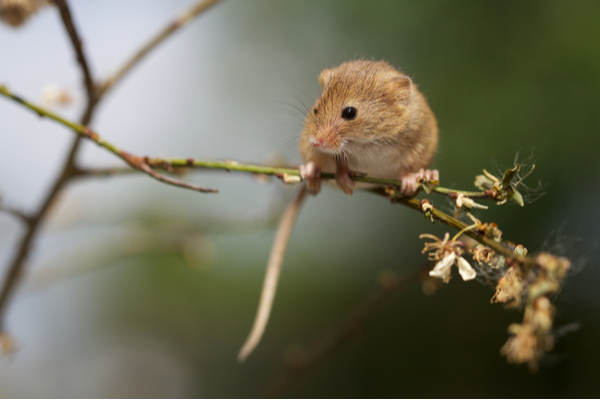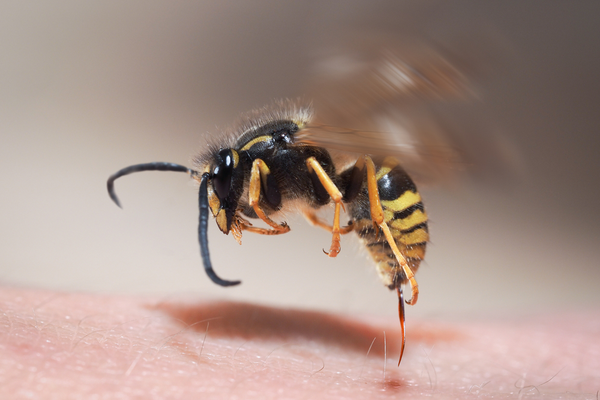Knowing where termites come from is crucial to keeping them out of your space. You might think termites come from rotten wood. However, that’s just what they eat! In fact, the most common type of termite comes from the ground; the ground is where they live, build huge colonies, and serve their termite queen.
Knowing where, why, and how termite infestations come to be is crucial in getting rid of and preventing a future infestation. That’s why Plunkett’s has put together a go-to guide on all-things termites:
Types of Termites: Where Do Termites Live?
1. Drywood Termites
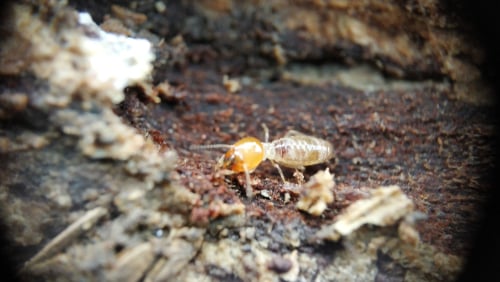
Drywood Termites come from dry wood habitats. Forests, suburban developments, and woodshops are some of their favorites. If they’re in your home, it’s because they’ve found uninhibited access to furniture and firewood (their favorite food). In nature, they set up shop within large, old trees.
2. Dampwood Termites

You guessed it! Dampwood Termites prefer moisture-rich environments, opposite to drywood termites. Dampwood termites love wood and trees that have rotted due to wetness. They’re drawn to homes with leaks and high humidity.
3. Subterranean Termites
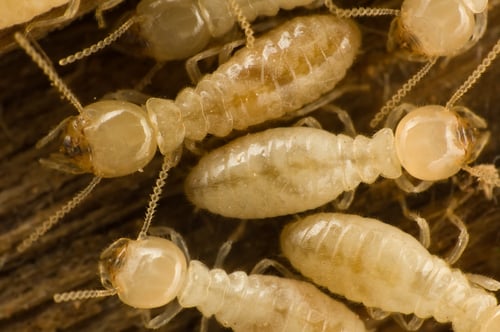
Subterranean Termites require access to moisture-rich environments as well. They come from and look for the same environments as dampwood termites. The main difference is that they’re also known for building mud tubes as a way to access food sources.
Where Can You Find Termites?
Unfortunately, nearly anyone could have termites: they’re found on every continent in the world except Antarctica. So, where do termites live?
Are there Termites in Minnesota? Are there Termites in North Dakota? What About Termites in Michigan?
A lot of Midwesterners seem to think that termites don't live in the northern United States. That is not the case. Common species of termites live all over the Midwest (as well as in the rest of North America). In fact, termites are considered the most destructive wood pest in Michigan.
The Eastern Subterranean termite is the most common termite in North America. They live all over North America, from Texas and Ontario to Utah and New York. As a general rule, it’s smart to assume that if you’re in Plunkett’s service area, you’re not exempt from the possibility of termite infestation.
Termite Season: When are Termites Most Active?
When the air temperature reaches 70 degrees, winged termites called “termite swarmers” emerge from their winter nests to seek mates. After mating, coupled termites break off their wings and start looking for a nest. The queen starts producing eggs as soon as they find a good spot and soon a colony forms. Most often, colonies begin to form in early- to mid-June.
Can Termites Survive Winter?
The Midwest’s cold winters generally kill termites. However, colonies may survive by waiting out the winter indoors.
What Causes Termites?
Termites, like most pests, are attracted to three main things: food, shelter, and water. Anywhere termites can find easy, unhindered access to these things is a place that’s attractive to them.
- Food.Termites consume wood and cellulose material. The presence of these is always going to be the number one draw for termites. Lumber, paper, firewood, and framing all look delicious to termites.
- Shelter. A termite’s preferred home is somewhere that’s warm, dark, and wet. In most homes, likely locations are attics, crawl spaces, and garages.
- Water. When it comes to moisture, termites commonly get their fill through moist soil. If you have downspouts or gutters that don’t drain properly, your yard might turn into termite territory.
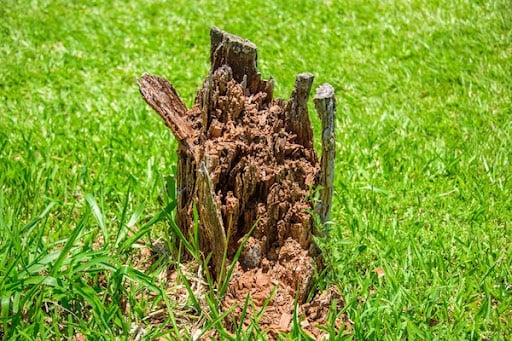
Termite Infestation Signs: How Can I Tell If I Have Termites?
Signs of termite infestations include wall damage, floor damage, piles of pellets, and carved patterns in your property’s wood. The longer termites are established, the worse the damage they can inflict.
The best way to prevent termite damage is to identify and control infestations as quickly as possible. In order to stay proactive about a termite infestation, make sure you’re aware of the signs. Here are a few ways to tell if you have termites:
- Wall damage. This will show up in a variety of ways. Termite infested drywall becomes discolored and droopy with small pinprick holes. Paint chips and wallpaper peels away from the wall.
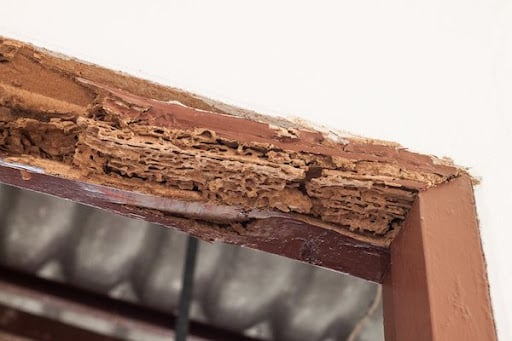
- Floor damage. A termite infestation will introduce extra moisture to the wood inside your home. This can cause wooden flooring to buckle and warp. Laminates can peel and tiles will loosen from their fittings.
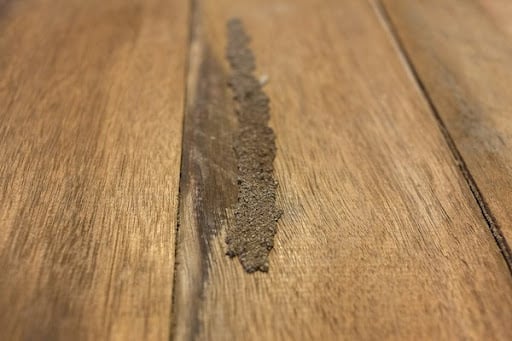
- Small piles of pellets. Termite waste looks like little piles of sawdust, or salt and pepper.
- Visual patterns in wood. If you have wooden furniture, floorboards, or wall fixtures, you'll start noticing patterns. These patterns will be small and maze-like, stretching across wooden surfaces.
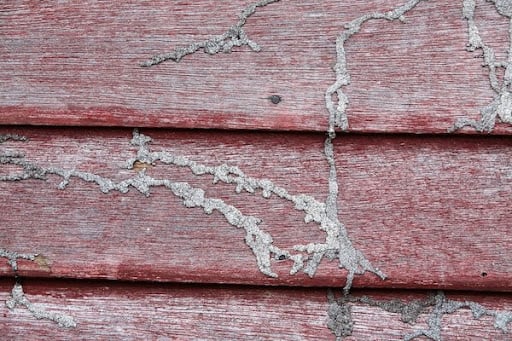
- Discarded wings. Winged termites shed their wings after fertilization. Look for small discarded wings of swarmer termites for evidence of early infestation
Termites: Where Do They Come From?
So, where do termites come from in the house? Termites commonly enter homes and buildings anywhere there is wood-to-ground contact. This could include door and window frames, deck posts, and more. Some types of termites, like the subterranean termite for example, can enter through a home’s foundation.
How Can I Prevent Termites From Being Attracted to My Home?
The easiest way to prevent a termite problem is to limit their access to water, food, and shelter. Here’s how: The easiest way to prevent a termite problem is to limit their access to water, food, and shelter. Here’s how:
- Take care of plumbing issues right away. When preventing termites, it is crucial to keep moisture from building up in your home with humidity control. Leaks in your home could create damp spots and standing water that is attractive to termites.
- Avoid using raw wooden structures (like furniture) to limit food access. Instead, opt for treated, painted or varnished wood—it’s much less appealing to hungry bugs!
- Keep your home clean. Termites live in any place they can hide; keep your home clean, even in its darkest nooks and crannies.
- Keep wood piles away from your property’s foundation. Don’t draw termites to your home or business with wood near the foundation.
- Schedule annual termite inspections. The small price of an expert consultation will help save you from immense repair costs.
What Should I Do if I’ve Found a Termite Colony on My Property?
Termite infestations are incredibly difficult to treat yourself. Termite eggs are well-hidden in walls and hatch quickly—effective DIY tools for termite removal are not readily available. So, the best thing to do if you’ve found a termite infestation in your home or business is to get in touch with a professional pest removal and control company.
Depending on the type, size, and severity of your termite problem, a professional pest control company, like Plunkett’s, will be able to create a customized plan for your space. This plan will remove existing termite colonies as well as prevent future infestations.
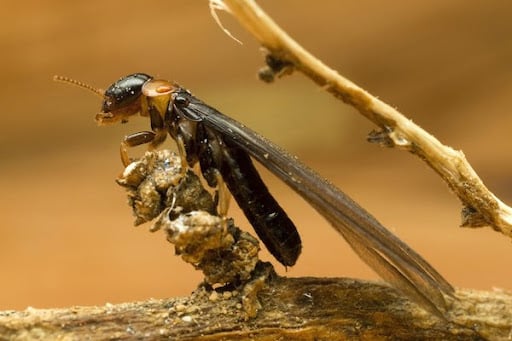
Get Termite Control & Termite Treatment with Plunkett’s!
We get it, termite infestations can be scary. However, with Plunkett’s, they’re easy to fight. We have the equipment and experience required to safely and effectively eliminate termite colonies. The longer an infestation lasts, the more damage it can do. So, if you suspect you have an infestation, schedule a termite infestation treatment right away!


